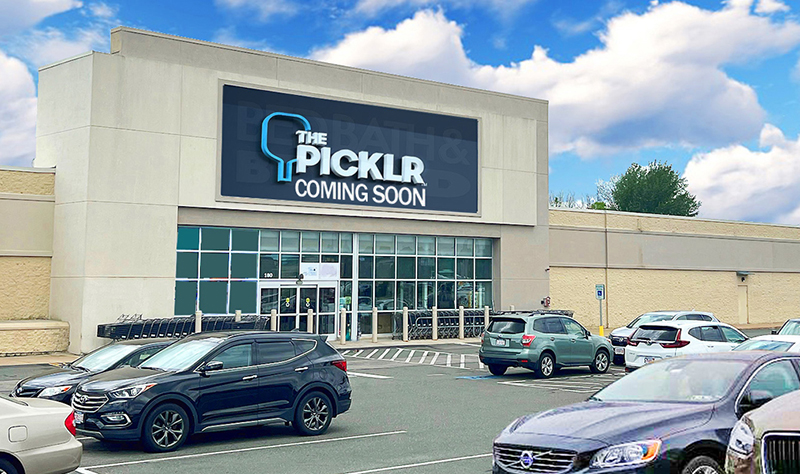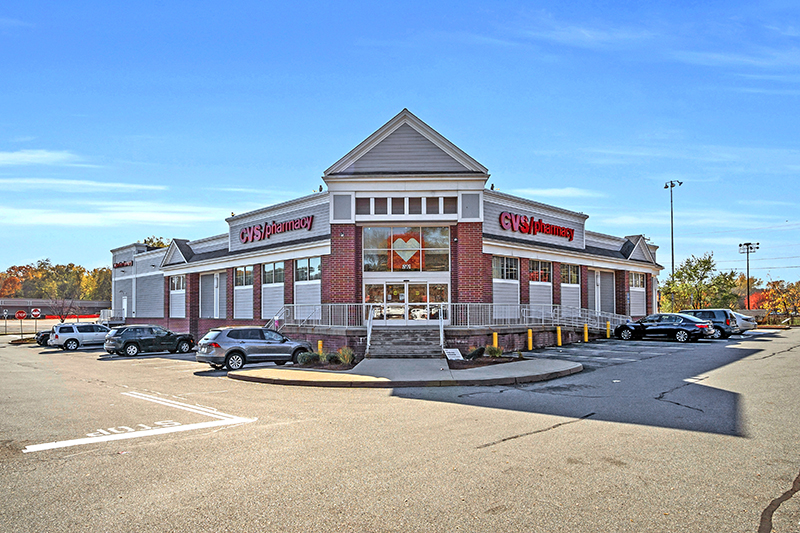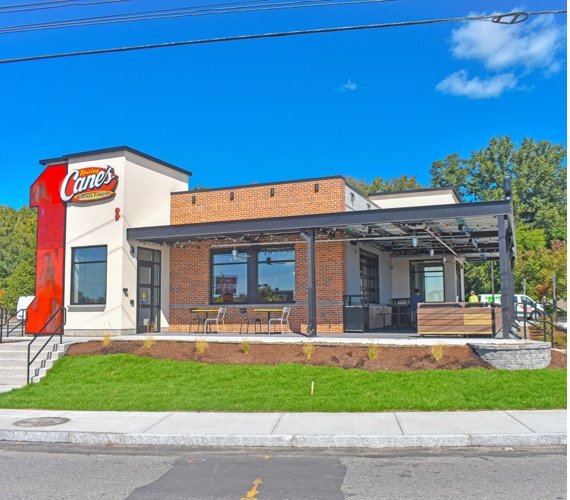News: Retail
Posted: August 25, 2010
The importance of shopping centers to the market offers opportunities to those with ready capital
With the winding down of one of the most erratic real estate markets in recent history, the question remains as to the direction the market will take in the near future. The 85% decline in commercial real estate investment sales between the second quarter of 2007 and that of 2009 corresponds to an equally devastating decline in value of the NCREIF Property Index of approximately 25% between the third quarter of 2008 and that of 2009. However, the renewed interest in the full range of asset classes from a variety of players of different sizes and investment philosophies since the beginning of 2010 is further disorienting the market and posing considerable challenges for more conservative investors committed to avoiding a post-collapse bubble.
While it may take some time for the dust to settle and for buyers and sellers to reach the much desired pricing equilibrium, there is currently a lot of opportunity for smaller and more nimble groups with less strict operating mandates to step into the shoes of larger operators too far removed from the frontline developments of the actual real estate independent of the capital markets. Determining value is less formulaic than we like to think and a renewed focus on the fundamentals of the real property is sure to be a recurring theme going forward.
Similarly, in spite of the continued emphasis on cap-rate driven valuations, by garnering a better understanding of the economics of the geographical region, more closely scrutinizing the property's surrounding physical area and recommitting to property management with a well-defined strategy, bottom line growth should become a more pivotal criterion in determining purchase price.
For investors focusing on the retail asset class, the macro-economic implications of a new generation of on-line consumers with changing shopping preferences, as well as the occurrence of new trends and styles in the retail marketplace, represent additional risk that is difficult to both quantify and properly forecast. Still, the timing for a commitment to retail property could not be better. First, prior to the 2008 credit crisis, the effect of the late 1990s internet explosion had begun to reverse. The International Council of Shopping Centers (ICSC) estimates that the 7,000 store closings in 2001 decreased to between 4,000 and 4,500 per year from 2005 to 2007.
Furthermore, the recent bankruptcies of large retailers such as Circuit City and Linens 'N Things will likely provide a stabilizing force to the retail market as the trickledown effect facilitates a rebalancing of in-store consumption supply and demand. Secondly, as the real estate class most sensitive to the broader economy given the high level of correlation between job loss and consumer expenditures, the retail category is equally likely to most rapidly and comprehensively ride the road to economic recovery. Strengthening the prospect of impending above-average economic growth is the fact that since 1961, post-recession GDP growth has averaged 5% through the first 4 quarters of recovery, compared to an average of a little over 2% on a continuous annuals basis, according to the U.S. Bureau of Labor Statistics.
Lastly, two 2009 surveys seem to support the endurance of shopping centers and to contradict the belief that brick and mortar stores will soon disappear. The Nielson Company estimates that fewer than 10% of consumers dislike in-store shopping and the ICSC supports this with data showing that 85% of consumers prefer to shop in-store than on-line.
In conclusion, a back to basics approach to real estate analysis and management as well as an acknowledgement of the importance of shopping centers to the broader market offers a great opportunity for groups with ready capital who are unwilling to sit on the sidelines as new and attractive assets come to market. This is particularly true for investors targeting the northeastern coast of the US, where seven of the twelve states in the geographic region between Maine and Virginia are in the top ten per capita income states and eight are in the ten highest population density states. The unique economic and geographic status of this region combined with a more disciplined business model portends great prospects for investors willing to ride out the storm.
1 Urban Land Institute, PriceWaterhouseCoopers. Emerging Trends in Real Estate 2010. ULI. Oct. 2009.
2 Dynan, Karen. Putting the Expected Strength of the Recovery into Historical Context. Brookings Institution. Oct. 2009.
Avi Cohen is an acquisitions associate at Katz Properties, New York, NY
Tags:
Retail
MORE FROM Retail
Mace of KeyPoint Partners negotiates 36,192 s/f lease for The Picklr at Endicott Square
Danvers, MA KeyPoint Partners (KPP) negotiated a lease with the nation’s premier indoor pickleball venue The Picklr at Endicott Sq. Vice president of retail brokerage Don Mace negotiated the transaction on behalf of the landlord.




.jpg)



